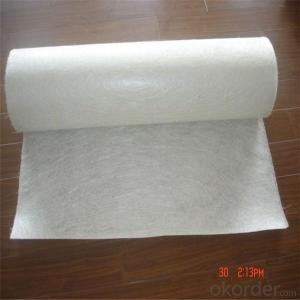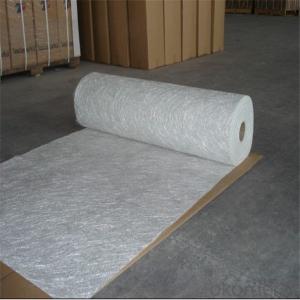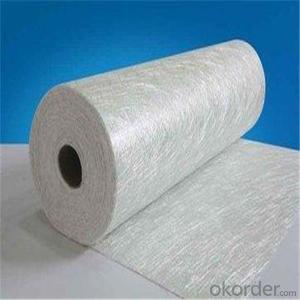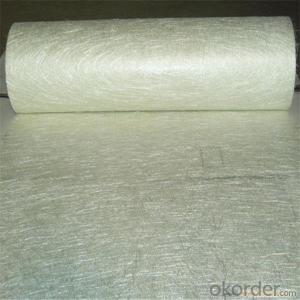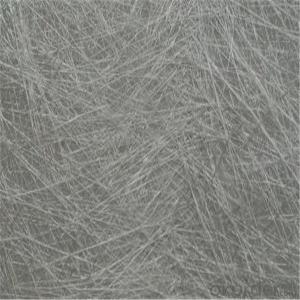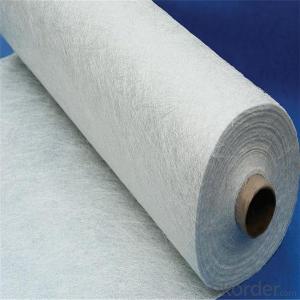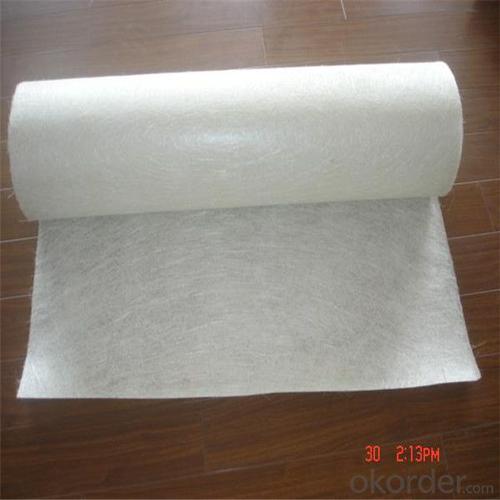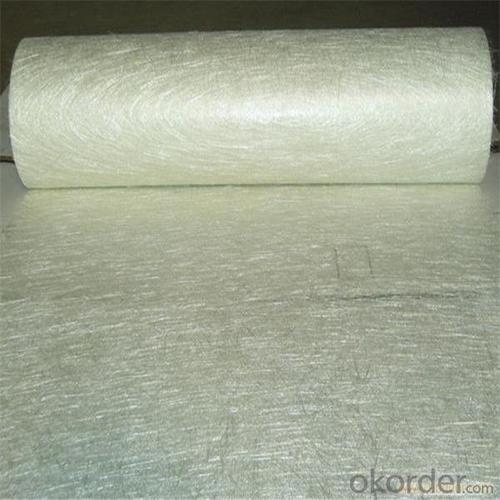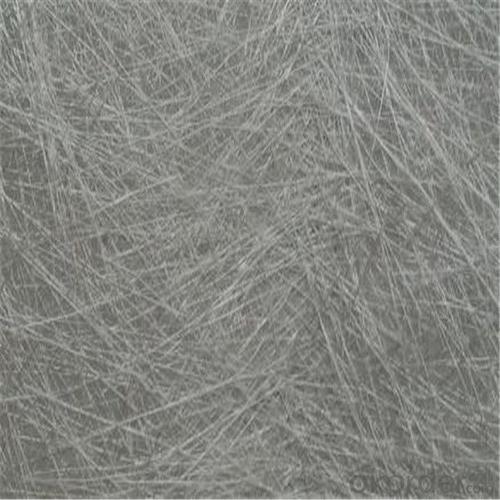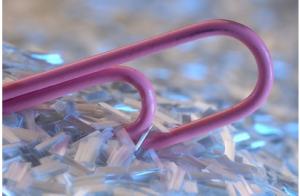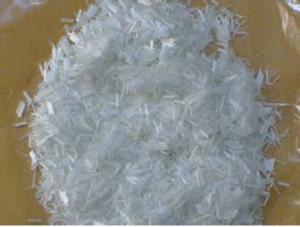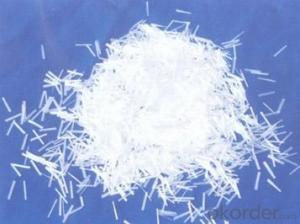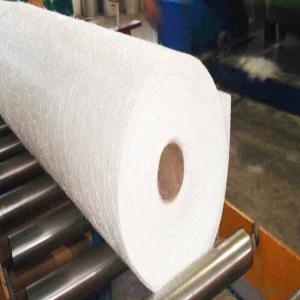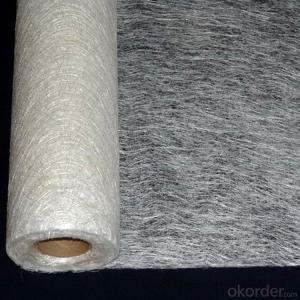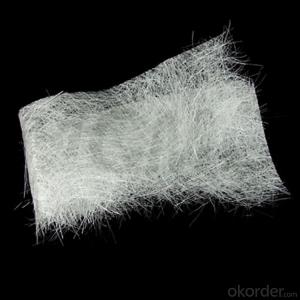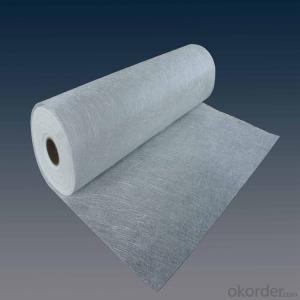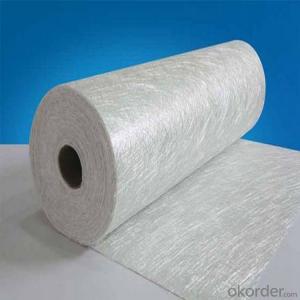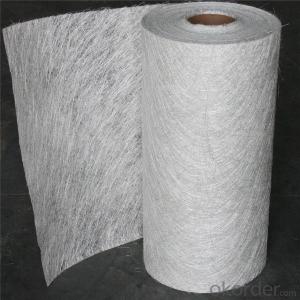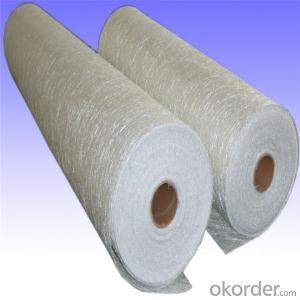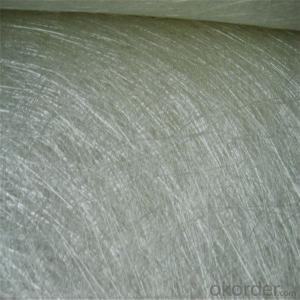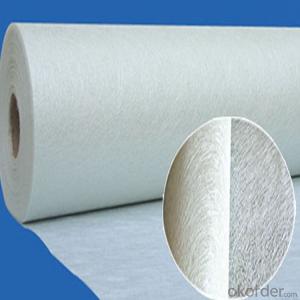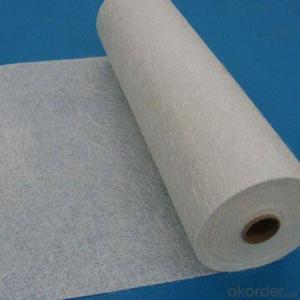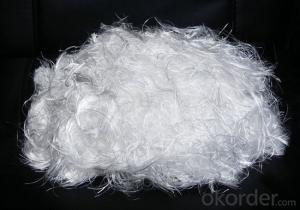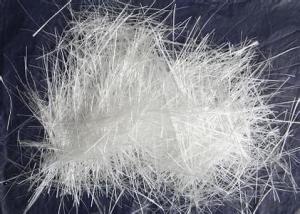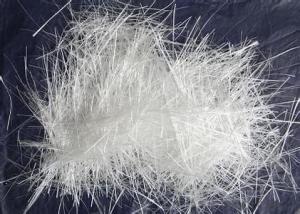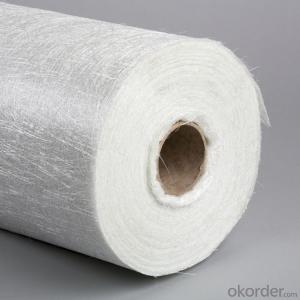Chop Strand Fiberglass Mat - E-Glass Chopped Strand Mat, Woven Fiberglass Cloth
- Loading Port:
- Tianjin
- Payment Terms:
- TT OR LC
- Min Order Qty:
- 100 m.t.
- Supply Capability:
- 10000 m.t./month
OKorder Service Pledge
OKorder Financial Service
You Might Also Like
Quick Details
| Technique: | Chopped Strand Fiberglass Mat (CSM) | Dimensions: | 80g - 900g | Mat Type: | Continuous Filament Mat |
| Fiberglass Type: | E-Glass | Softness: | soft, very soft | Place of Origin: | Shandong, China (Mainland) |
| Brand Name: | cnbm | Model Number: | CSM | material: | fiberglass |
| Glass type: | E glass / C glass | Bond type: | powder or emulsion | Roll width: | 200 - 2600mm |
| Roll weight: | 28 - 55kgs | Density: | 225g/m2, 300g/m2, 450g/m2 | Certification: | ISO, CE |
Packaging & Delivery
| Packaging Details: | standand export packing . or packed as customer's need |
| Delivery Detail: | 10-20days after the contract is effective |
Specifications
Fiberglass Chopped Strand Mat
1.good combination fo resin
2.easy operation
3.good wet strength retention
Specification:
Fiberglass Chopped Strand Mat is an non-woven E- or C-glass fiberglass fabric manufactured by spreading continuous filament rovings of 50mm in length randomly and uniformly in combination with polyester binder in power form (or other binder in emulsion form). Powder or Emulsion fiberglass fiber chopped glass mat
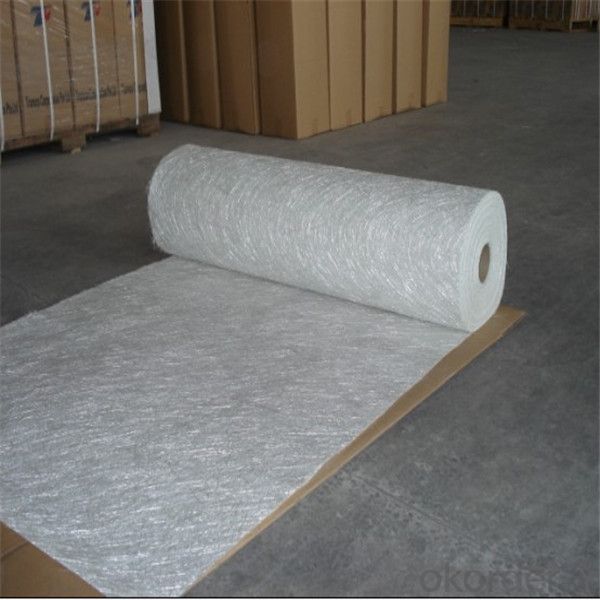
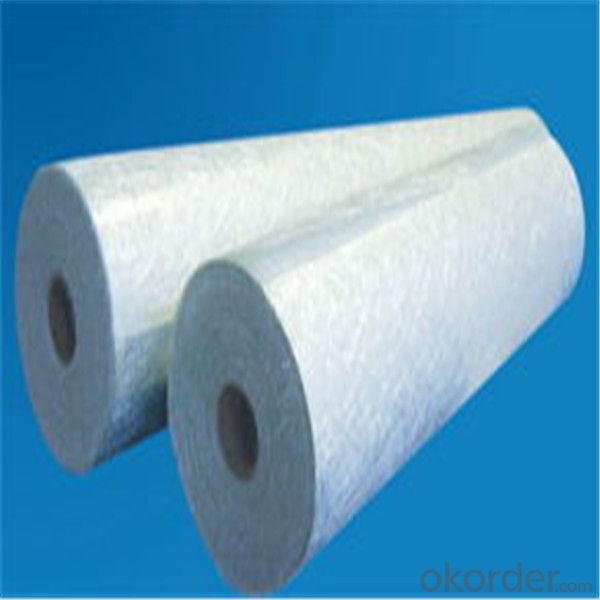
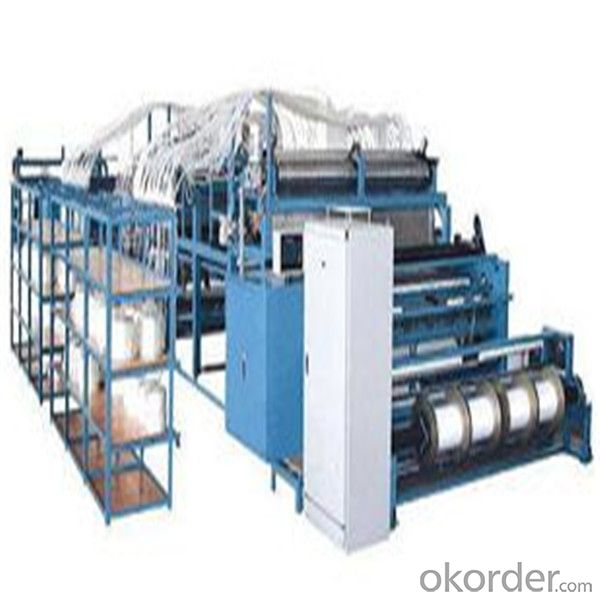
- Q: Can fiberglass chopped strand be used in filtration applications?
- Yes, fiberglass chopped strand can be used in filtration applications. Fiberglass chopped strand is made up of small fibers that are randomly oriented and bound together. This creates a three-dimensional structure with high surface area, which is ideal for filtration purposes. The fibers can effectively trap and remove particles, contaminants, and impurities from a fluid or gas stream. Fiberglass chopped strand can be used in various filtration applications such as air filters, water filters, oil filters, and chemical filters. Its high mechanical strength, chemical resistance, and thermal stability make it suitable for demanding filtration requirements. Additionally, fiberglass chopped strand can be easily molded or formed into different shapes or sizes, allowing for customization and compatibility with different filtration systems.
- Q: Characteristics of GRC European lines
- Easy moulding, light weight, high strength. But more than 90% of the GRC line are not light and strength enough. It is only made by mortaring 1--2 grid reinforced mortar with rebar. Actually it is mortar. It is easily broken.Only a few years later, it will be broken, especially the steel in side will rust away to destroy the mortar.if installed in the air, it is more dangerous, just like installing a time bomb. The real GRC should be the precursor of alkali resistant fiber chopped with mortar and additives together and injecte into the mold by the injection equipment , then rolling layer by layer. The GRC main indicators are fiber contents are more than 5%, the fiber amount of GRC in fiber mesh cloth usually are less than 1%. In fact, the full name of GRC is glass fiber reinforced cement, the reinforcement materials of glass fiber just like the rebar of the reinforced concrete. What will happen if there are no rebar in the armoured concrete(it will be terrible).
- Q: How does the fiber alignment affect the electrical conductivity of fiberglass chopped strand composites?
- The fiber alignment significantly impacts the electrical conductivity of fiberglass chopped strand composites. When the fibers are aligned parallel to the direction of the electrical current, the conductivity is improved as the current can easily flow along the path of aligned fibers. In contrast, if the fibers are randomly oriented or misaligned, the conductivity is reduced as the current encounters more obstacles and has a less defined pathway. Therefore, a higher degree of fiber alignment enhances the electrical conductivity of fiberglass chopped strand composites.
- Q: Is fiberglass chopped strand resistant to UV radiation?
- Yes, fiberglass chopped strand is generally resistant to UV radiation. The glass fibers in fiberglass are inherently UV stable and do not degrade or weaken significantly when exposed to sunlight or other UV sources. However, it is important to note that prolonged and direct exposure to intense UV radiation can still cause some minor degradation over time. Hence, it is recommended to use proper coatings or additives to enhance the UV resistance of fiberglass chopped strand in outdoor applications.
- Q: How is fiberglass chopped strand incorporated into composite materials?
- Fiberglass chopped strands are incorporated into composite materials by mixing them with a resin matrix, such as polyester or epoxy, and then applying pressure and heat to create a solid, strong, and durable composite. The chopped strands provide reinforcement and enhance the mechanical properties of the composite, making it suitable for various applications in industries like automotive, construction, and aerospace.
- Q: What are the UV resistance properties of fiberglass chopped strand?
- Fiberglass chopped strand generally possesses good UV resistance properties. The glass fibers used in its production are made from silica, which is inherently resistant to UV radiation. Additionally, manufacturers often incorporate a UV-resistant coating or finish on the surface of the chopped strand to enhance its ability to withstand prolonged exposure to sunlight. This UV-resistant coating helps prevent the degradation and breakdown of the fiberglass material over time. However, it is important to note that the level of UV resistance may vary depending on the specific type and quality of fiberglass chopped strand used. Therefore, it is recommended to consult with the manufacturer or supplier to ensure that the product meets the desired UV resistance requirements for a particular application.
- Q: Can fiberglass chopped strand withstand high temperatures?
- Yes, fiberglass chopped strand can withstand high temperatures. The specific temperature range that fiberglass can handle depends on the type and grade of the material. Generally, fiberglass chopped strand can withstand temperatures up to 1000°F (538°C) without losing its structural integrity. However, it is important to note that prolonged exposure to high temperatures can cause the material to weaken and degrade over time. Therefore, it is advisable to consult the manufacturer's specifications and guidelines to ensure that the fiberglass chopped strand is used within its recommended temperature limits.
- Q: How is the dimensional stability of fiberglass chopped strand composites determined?
- The dimensional stability of fiberglass chopped strand composites is determined through various testing methods and evaluations. One commonly used method is the coefficient of thermal expansion (CTE) test. This test measures the change in dimensions of the composite material as it is subjected to different temperature variations. Another method is the moisture absorption test, which evaluates the extent to which the composite material absorbs and retains moisture over time. Moisture absorption can cause dimensional changes in the material, so this test helps determine the stability of the composite in humid or wet environments. Additionally, the creep test is conducted to assess the composite's resistance to deformation under continuous load over an extended period. This test measures the dimensional changes that occur over time when the composite is subjected to a constant stress. Furthermore, dimensional stability can also be determined by assessing the mechanical properties of the composite, such as tensile strength, flexural strength, and impact resistance. These properties indirectly indicate how the material will behave under stress and help evaluate its dimensional stability. Overall, a combination of these tests and evaluations helps determine the dimensional stability of fiberglass chopped strand composites and ensures their suitability for various applications.
- Q: How does the storage condition of fiberglass chopped strand affect its performance?
- The storage condition of fiberglass chopped strand can significantly impact its performance. Fiberglass chopped strand is often used as a reinforcement material in various applications, such as composites and construction materials. When stored in improper conditions, such as high humidity or extreme temperatures, the chopped strand can absorb moisture, which can negatively affect its properties. Moisture absorption can lead to a reduction in mechanical strength, dimensional stability, and overall performance of the material. It can also cause degradation of the resin matrix used to bind the chopped strand, leading to a weaker bond between the reinforcement and the matrix. In addition to moisture absorption, improper storage conditions can also result in the entanglement or clumping of the chopped strands. This can make it difficult to achieve uniform dispersion of the fibers within the matrix during the manufacturing process, leading to inconsistencies in the final product's mechanical properties. To ensure optimal performance, it is important to store fiberglass chopped strand in a controlled environment with low humidity and stable temperatures. This can be achieved by storing the material in sealed bags or containers and keeping them in a dry and cool area. It is also recommended to use the chopped strand within a certain period after opening the packaging to minimize moisture absorption. By maintaining proper storage conditions, the performance of fiberglass chopped strand can be preserved, ensuring consistent and reliable results in various applications.
- Q: Is fiberglass chopped strand compatible with different curing methods?
- Fiberglass chopped strand is indeed compatible with a variety of curing methods. It is widely utilized as a reinforcement material in industries like automotive, construction, and aerospace. When it comes to curing, it can be utilized alongside different methods such as thermosetting and thermoplastic processes. In thermosetting processes, like resin transfer molding (RTM) or vacuum infusion, the typical approach involves impregnating the fiberglass chopped strand with a thermosetting resin. Subsequently, it is cured at elevated temperatures. During this process, a chemical reaction occurs within the resin, resulting in a hardened and resilient composite material. The compatibility of fiberglass chopped strand with these methods is attributed to its ability to provide strength and reinforcement to the cured composite. On the other hand, thermoplastic processes, including injection molding or compression molding, involve mixing the fiberglass chopped strand with a molten thermoplastic resin. As the mixture cools, the resin solidifies. Through this approach, the chopped strand reinforcement enhances the mechanical properties of the thermoplastic material, making it stronger and more resistant to deformation. Fiberglass chopped strand is compatible with these methods due to its ease of incorporation into the molten resin and its ability to distribute evenly throughout the molded part. Ultimately, fiberglass chopped strand is a versatile material that can be utilized across various curing methods. By doing so, it enhances the strength and durability of the final product. With its compatibility across different processes, it has become the preferred choice in industries that demand high-performance composites.
Send your message to us
Chop Strand Fiberglass Mat - E-Glass Chopped Strand Mat, Woven Fiberglass Cloth
- Loading Port:
- Tianjin
- Payment Terms:
- TT OR LC
- Min Order Qty:
- 100 m.t.
- Supply Capability:
- 10000 m.t./month
OKorder Service Pledge
OKorder Financial Service
Similar products
Hot products
Hot Searches
Related keywords
